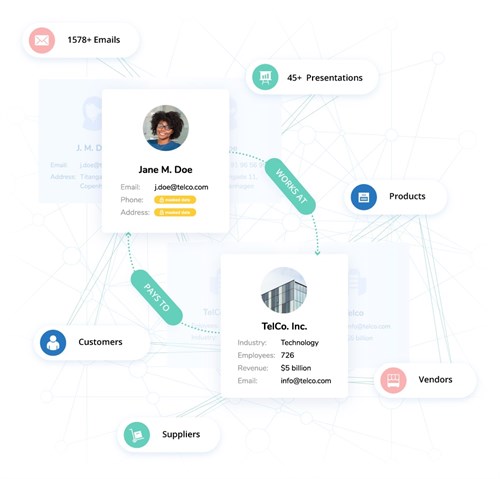Reference Data Management with CluedIn

In the intricate landscape of Master Data Management (MDM), reference data emerges as a pivotal component, offering organizations a compass for navigating the vast sea of information. As a subset of master data, reference data provides context and categorization, acting as a fixed point of reference for the comparison, validation, and enrichment of other data elements within a system or organization.
The Crucial Role of Reference Data in MDM
Without effective reference data management, MDM is akin to steering a ship without a compass. Reference data establishes common standards that master data must adhere to, bringing consistency and standardization to the MDM process. This, in turn, leads to enhanced data quality, integrity, and accuracy.
Benefits of Reference Data in Master Data Management
Data Integrity: Reference data provides standard values and codes for describing and categorizing master data. By managing reference data alongside master data, organizations ensure the accuracy and consistency of values, preventing data quality issues and maintaining overall data integrity.
Data Governance: Reference data serves as the foundation for defining data standards, policies, and rules. Coordinated management of reference data and master data enables the establishment and enforcement of data governance practices, including quality controls, security measures, and usage guidelines.
Reducing Complexity: Integration of systems and data sharing across different applications or departments becomes more efficient when reference data and master data are managed together. Consistent reference data facilitates the mapping and transformation of data between systems, ensuring compatibility and interoperability.
Taking Reference Data Management to the Next Level with CluedIn
Allowing Non-Standardized Data In: CluedIn, built on a Graph database, treats both reference and master data uniformly. This innovative approach addresses a common challenge by allowing non-standardized data into the system, automatically fixing discrepancies within the platform.
Real-Time Data Streaming: CluedIn supports streaming data, allowing for real-time updates. Leveraging this capability ensures efficient and prompt propagation of data changes, enabling a more reactive and real-time ecosystem. This facilitates data-driven processes, event-driven architectures, and near-instantaneous updates across connected systems.
Flexible Cross-Service Access: Utilizing both REST and GraphQL endpoints, CluedIn provides flexible access to reference data. REST endpoints offer predefined resources and operations for common queries, while GraphQL endpoints allow clients to request specific fields and related data tailored to their individual needs.
Automatic Write-Back: Through the mesh API, CluedIn automates the write-back of normalized data into operational systems. This automated normalization mechanism simplifies integration, reducing the effort required to map and transform data from different sources.
In conclusion, effective reference data management is indispensable for organizations seeking to harness the full potential of Master Data Management. With CluedIn's innovative approach, organizations can seamlessly integrate reference and master data, ensuring data consistency, quality, and governance while embracing flexibility and real-time capabilities.
 Master Data Management, CluedIn, Reference Data Management
Master Data Management, CluedIn, Reference Data Management